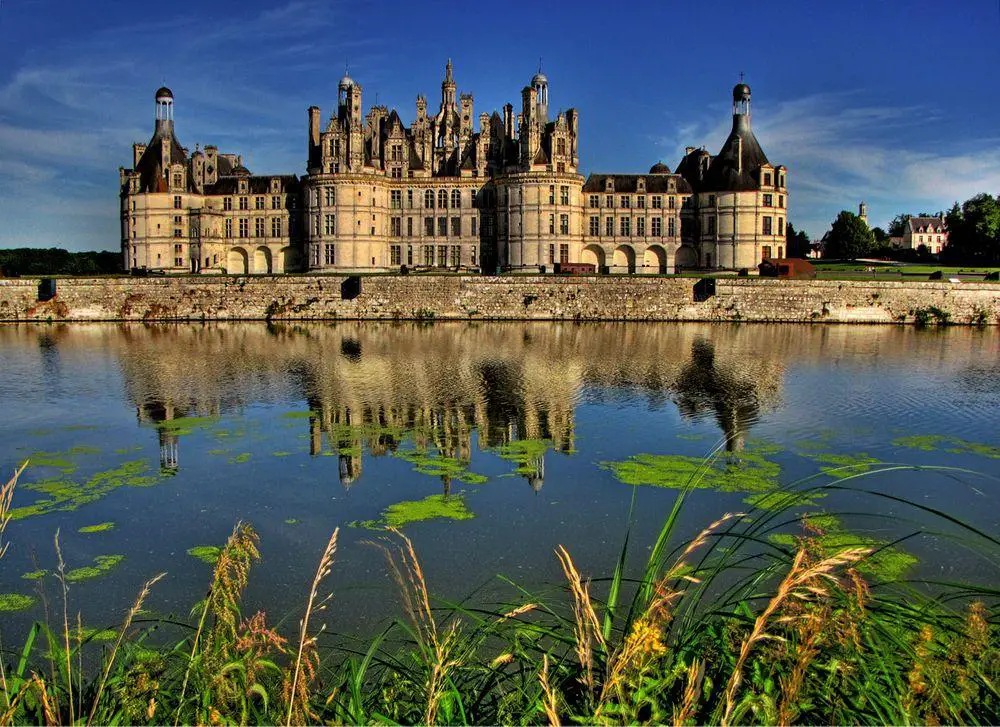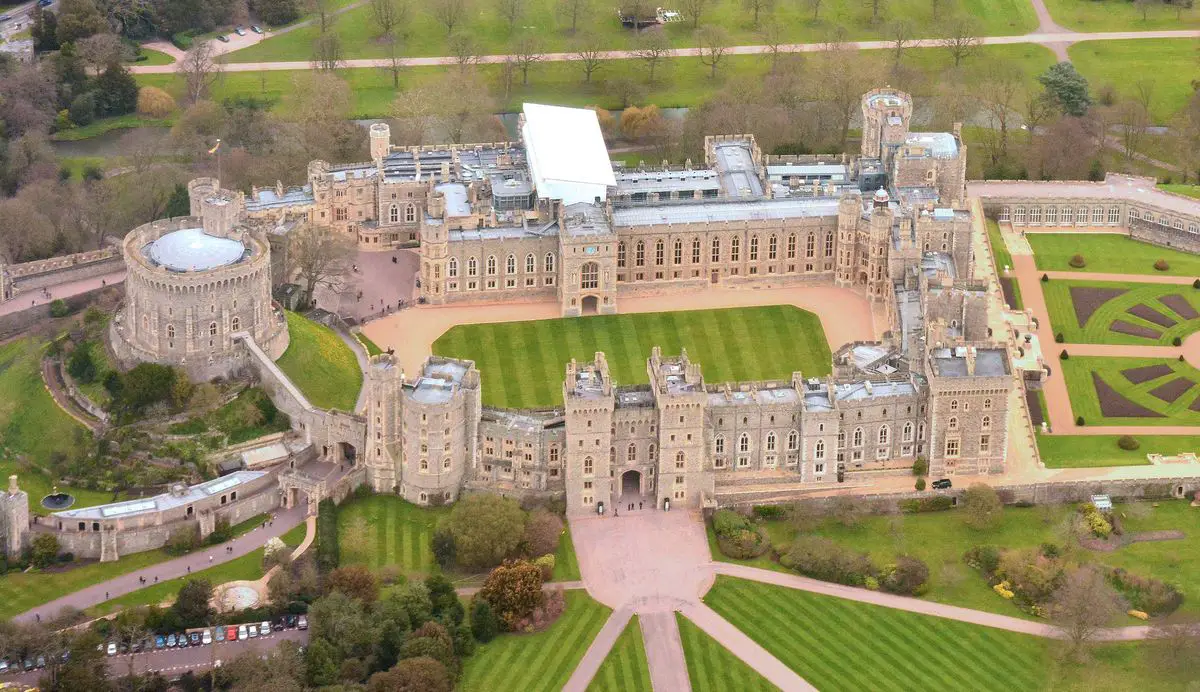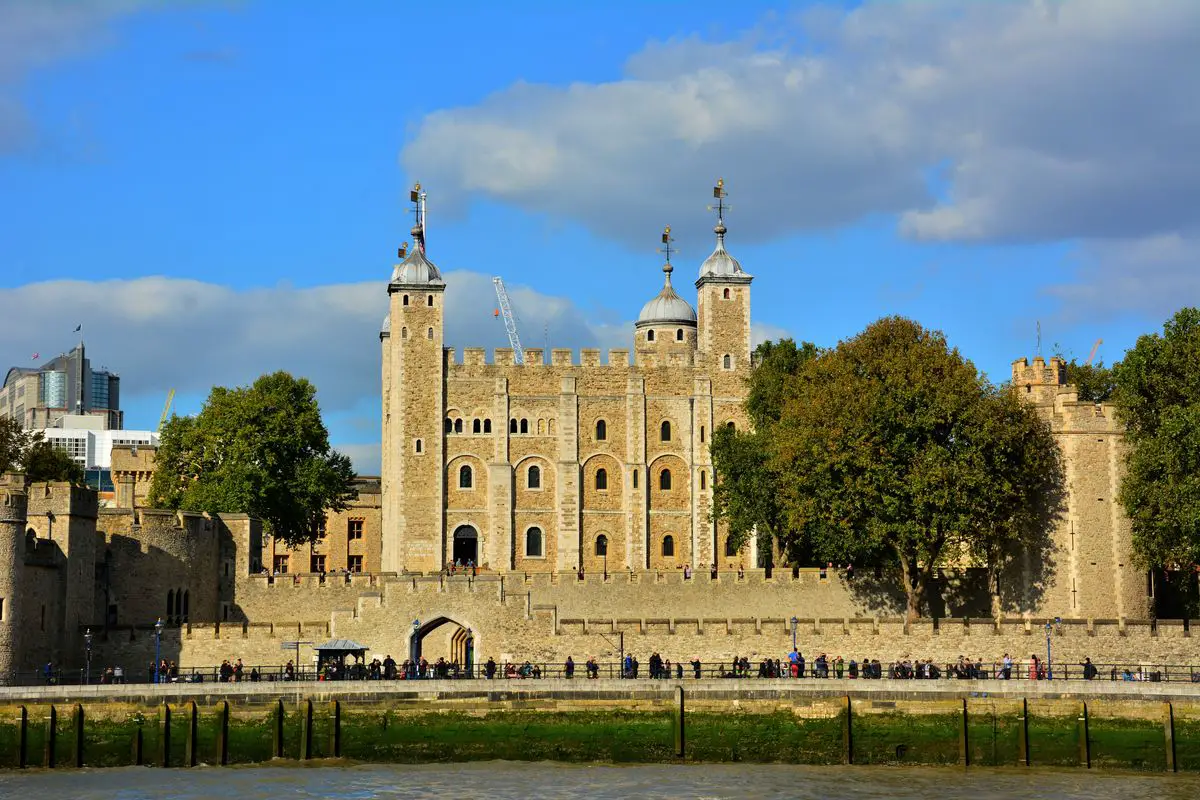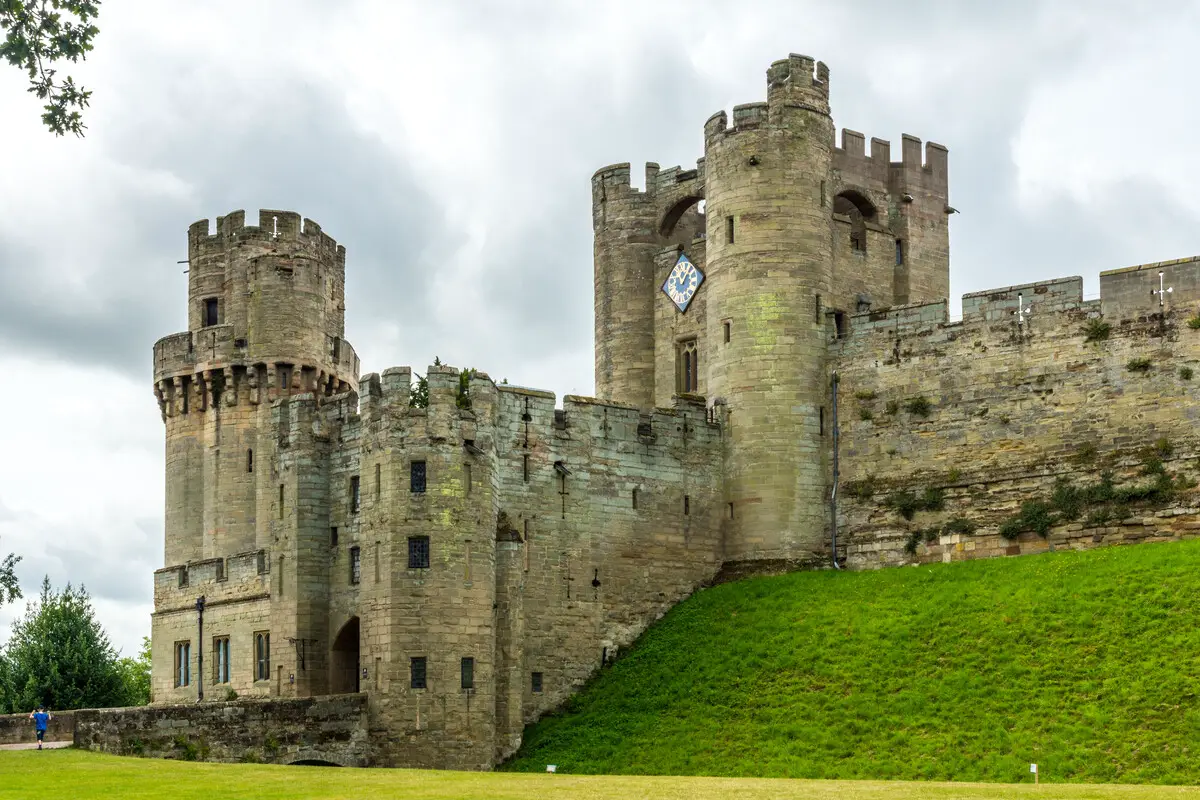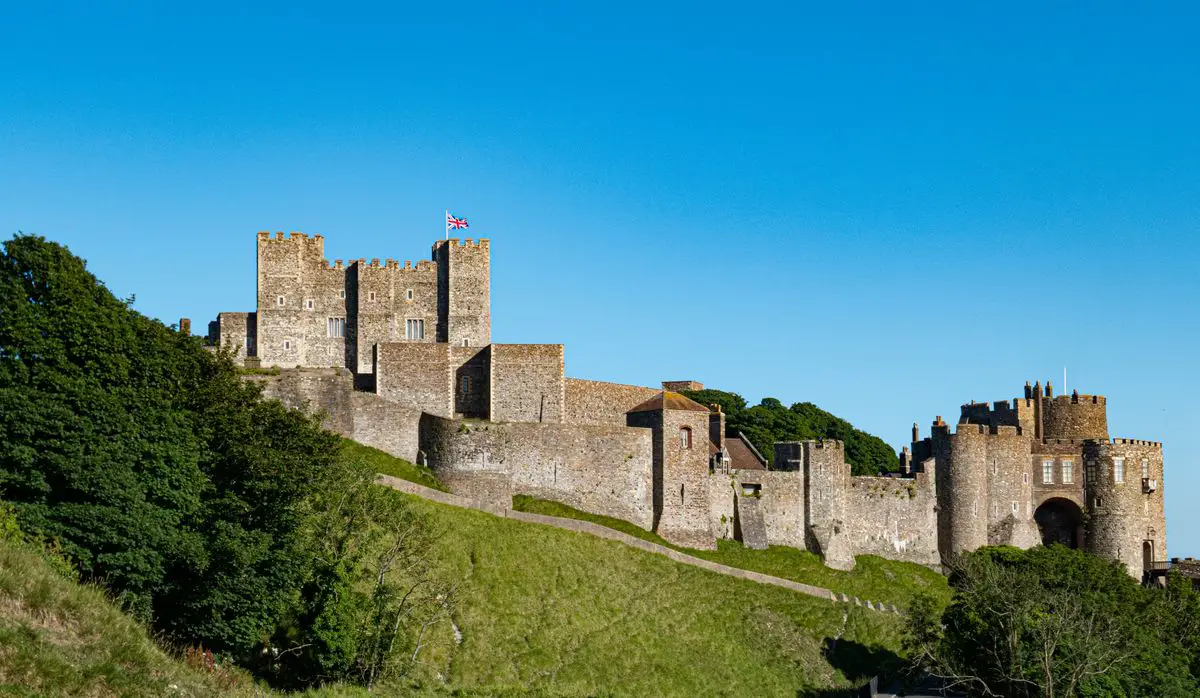Wondermondo 🢖 Categories of wonders 🢖 Architectural wonders 🢖 Fortifications and defensive walls
Category
Fortifications and defensive walls
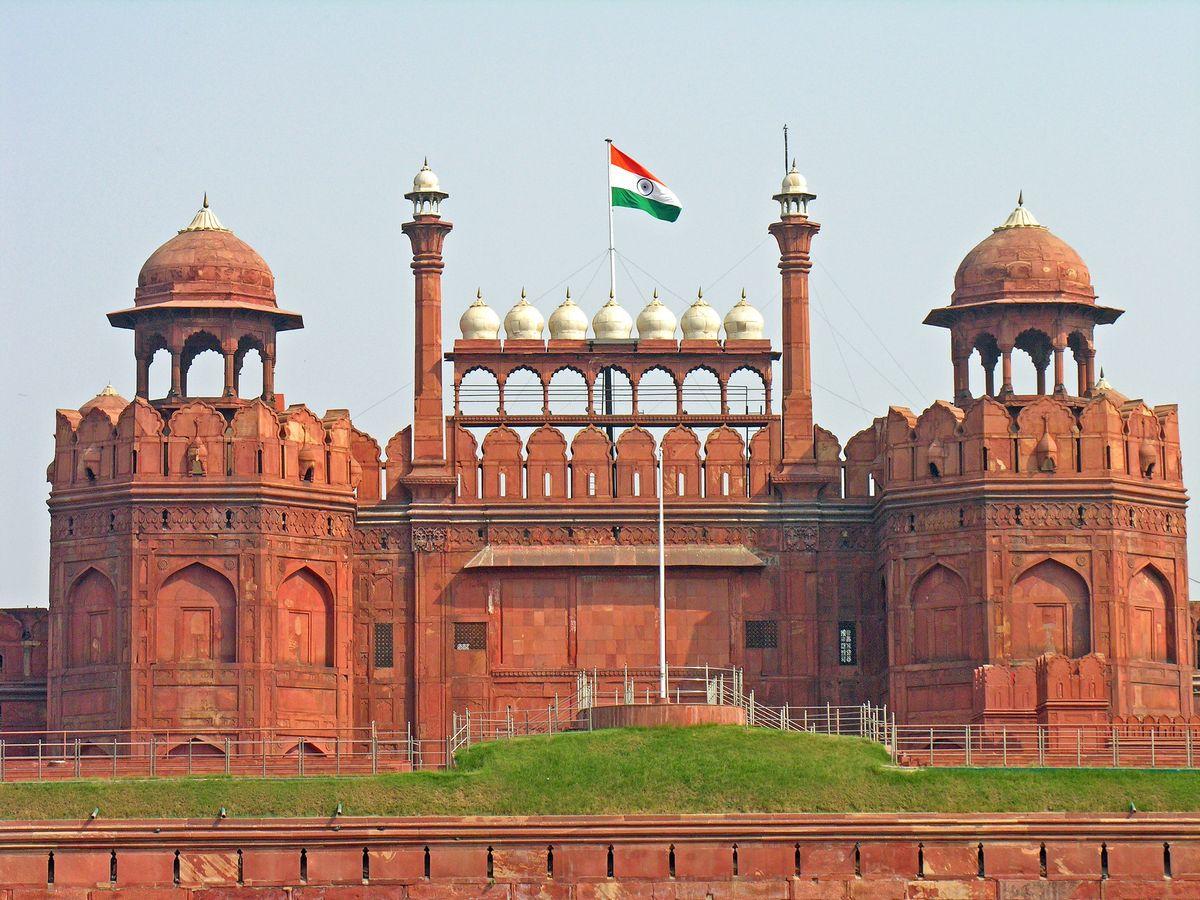
 Described fortifications and defensive walls
Described fortifications and defensive walls
If you see this after your page is loaded completely, leafletJS files are missing.
 What is included in this category?
What is included in this category?
Throughout history, efficient defense against military intrusions often has been the only way to save cities and states from otherwise inevitable destruction. To protect themselves, different civilisations have built some of the largest known structures on Earth – fortifications, defensive walls and military structures of diverse kind.
Basically, fortifications consist of walls and ditches, which help the defenders withstand a siege. Walls are usually built of stone or bricks, although sometimes wood has been used. However, one can find earthen ramparts, which can be reinforced by other materials. Ditches can be dry or filled with water.
Criteria
This category contains outstanding structures that were built for defense against military intrusions or, sometimes, to prevent escape (prisons).
Good fortifications were a dire necessity for most of history and as a result fortifications or their remnants are almost everywhere, where people have lived for a longer time. There were fortified single residences, complexes of buildings, whole cities, and even – whole countries.
Classification of fortifications
Fortifications can be divided into the following categories:
- Defensive walls – largest fortifications, enclosing larger regions and even whole states.
- City walls – walls for the protection of cities, towns and villages.
- City gates and towers – parts of city walls – outstanding gates, towers of other parts.
- Fortresses and forts – fortified buildings or groups of buildings – military installations for the protection of troops.
- Castles – fortified residential buildings. Many castles initially developed as fortresses, gradually turning into residential buildings for their governors and later – owners. In many cases it is hard to draw a line between a castle and palace: the buildings often were started as forts and then gradually rebuilt into a luxurious palaces.
- Prisons – a kind of “opposite fortification” – these buildings were built to detain individuals inside.
 Top 25 fortifications and defensive walls
Top 25 fortifications and defensive walls
Asia
Great Wall of China
China
The largest series of fortifications in the world with a total length of 8,852 km, including 6,259.6 km of the actual wall. Constructed in the 5th century BC – 16th century AD by the Chinese to protect northern borders of the Chinese Empire against intrusions by northern nomads.
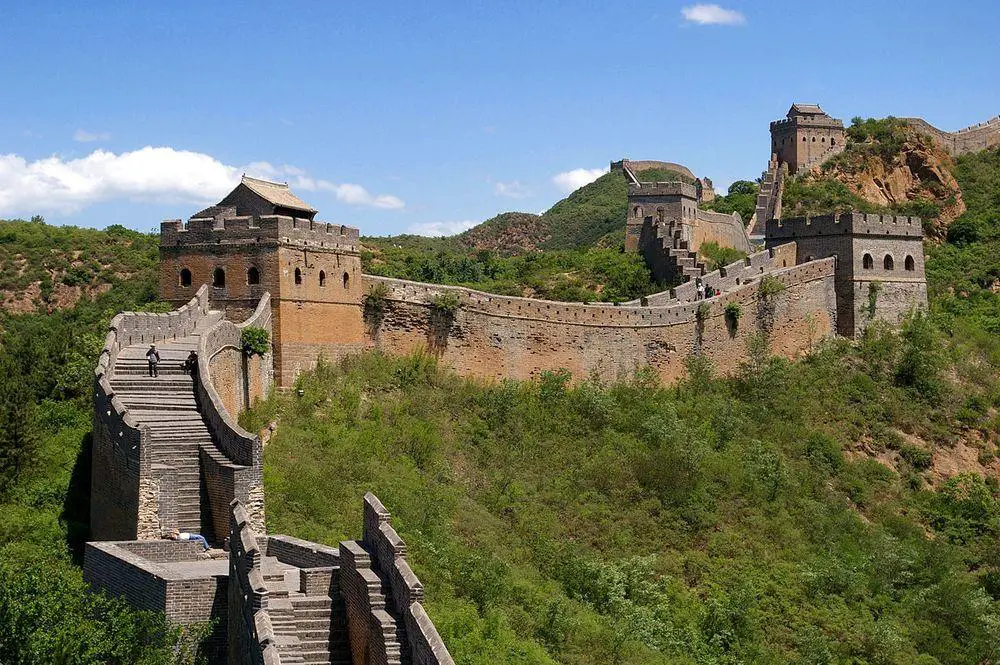
Sigiriya
Sri Lanka
Sigirya is a unique town that was constructed around and on the top of a nearly 200 m high rock peak in 477 – 495 AD. Here are several unique monuments – including a giant lion whose mouth serves as the entrance to a rock fortress and beautiful frescoes – a masterpiece of world importance.
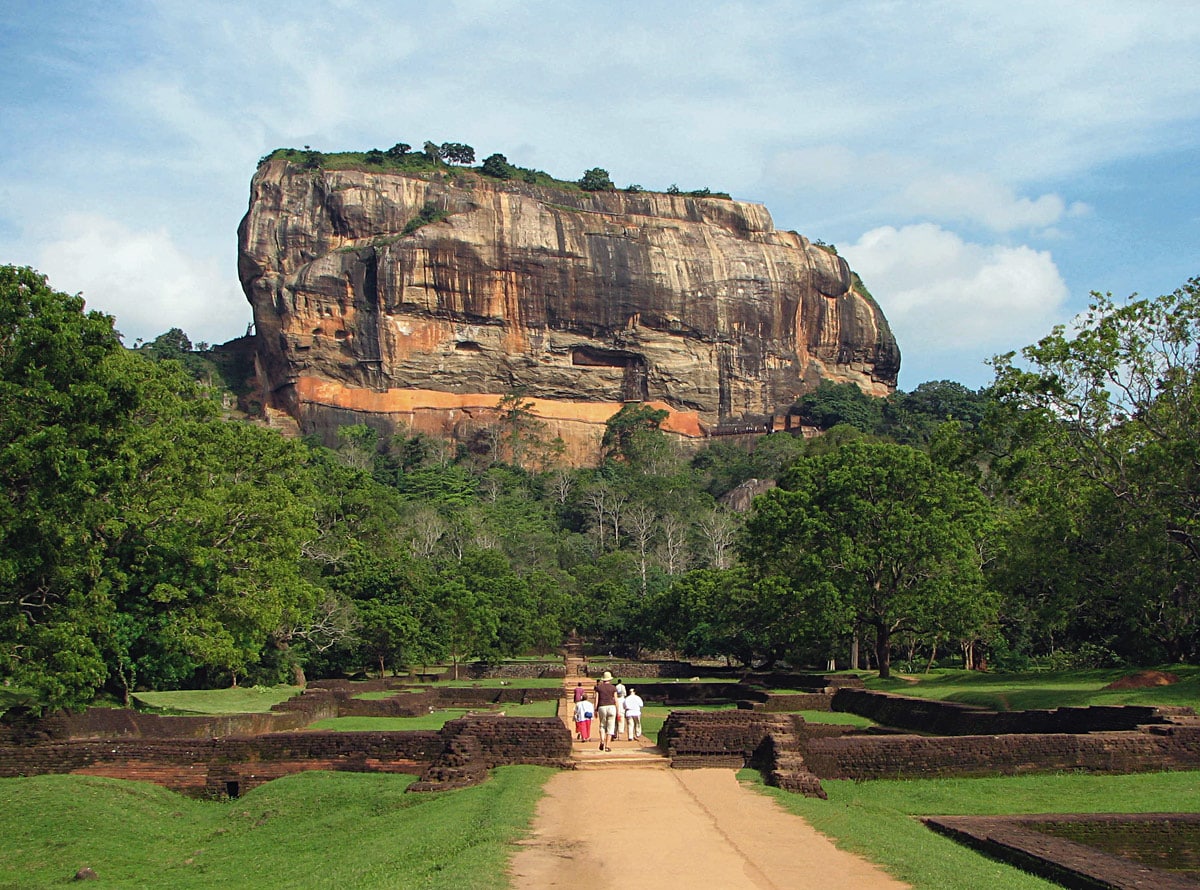
Jerusalem Old City fortifications
Palestine
One of the most important and holiest cities in world history, one of the oldest cities that was settled in the 4th millennia BC. Contains hundreds of monuments of world importance, such as the Dome of the Rock, Temple Mount, Wailing Wall, Church of the Holy Sepulchre, and al-Aqsa Mosque. Crossed by Via Dolorosa – the path where Jesus carried his cross. Old City is enclosed with retaining walls (to prevent landslides) and also fortifications.
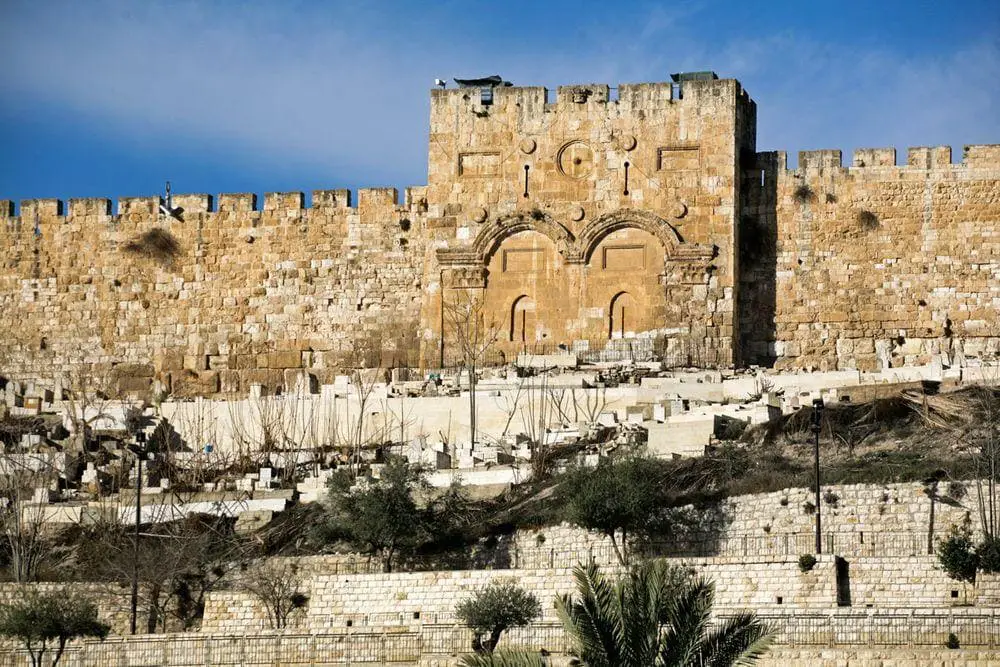
Masada (Massada)
Israel
Dramatic fortress/ refuge on top of table mountain, constructed in 37 – 31 BC, taken by Romans simultaneously with the mass suicide of 960 defenders in 73 AD. Here are located remnants of one of the world’s oldest synagogues.
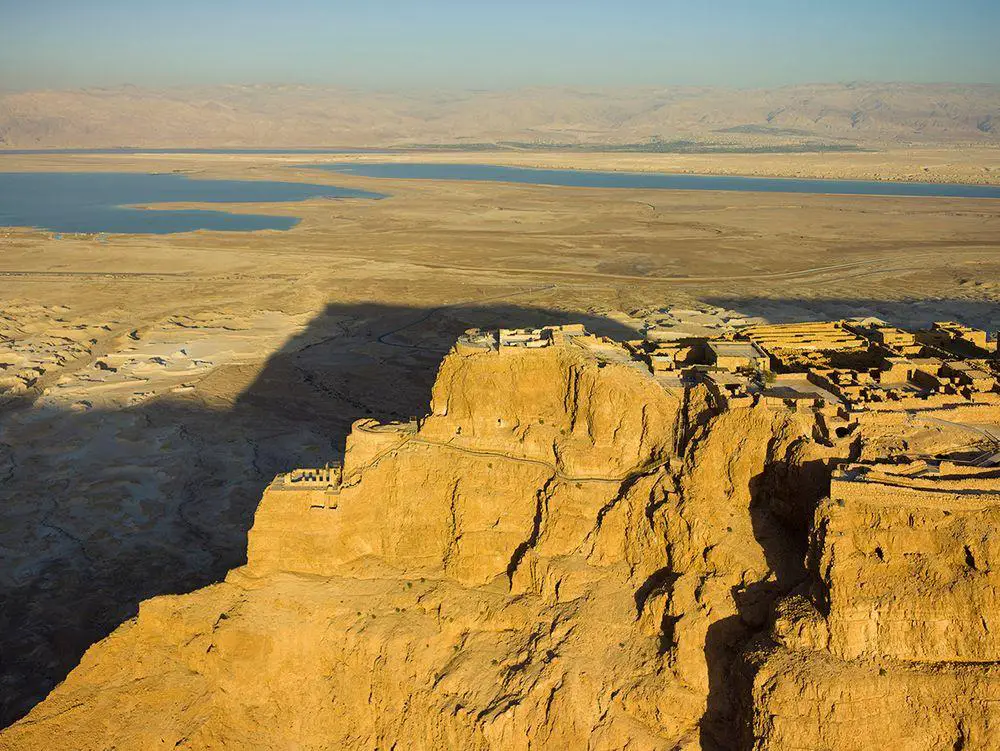
Old City of Sana’a (city walls)
Yemen
An impressive display of the unique Yemeni urban planning and architecture. Sana’a is founded before 500 BC and there are buildings that are more than 1,400 years old. The city walls are 9 – 14 m tall, the old city contains more than 100 mosques, and 6,500 houses. Most of the houses are highrise buildings and are ornamented.
Krak des Chevaliers
Syria
One of the most prominent and impressive medieval castles in the world. Kurds developed a fortress in the 11th century there, but Crusaders rebuilt it in the 1140ies – 1170 and in the 13th century.
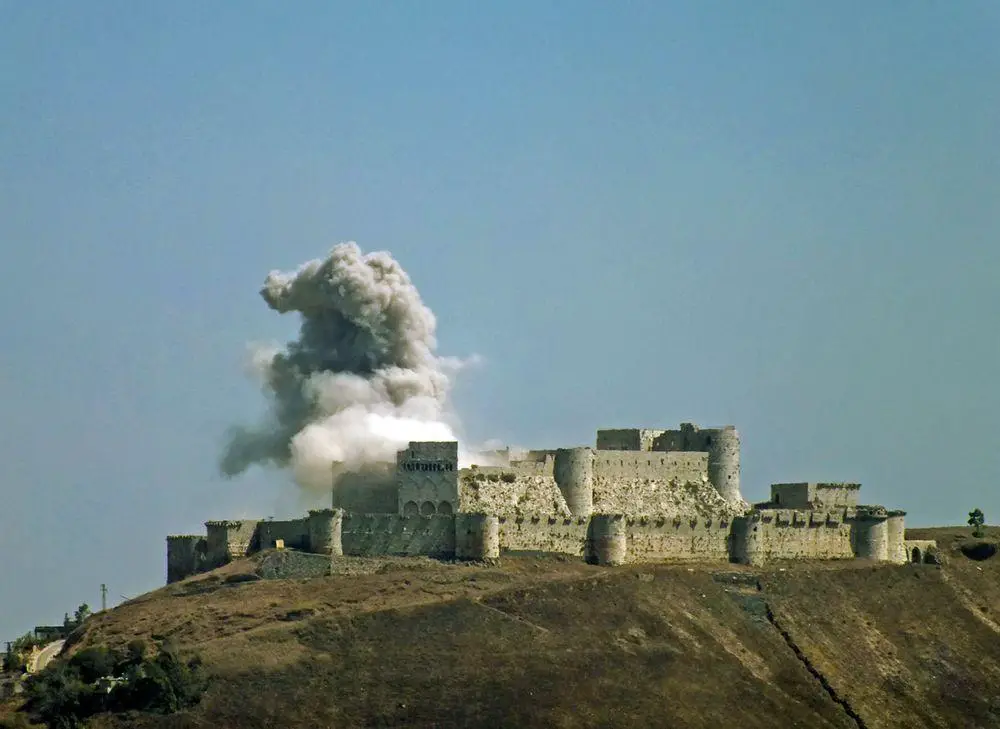
Shibam
Yemen
Unique, fortified city. Shibam is an old city, first mentioned in the 3rd century AD. This densely built city has some 500 tower houses, each rising 5 to 11 stories (more than 30 m) high. Most houses have been built since the 16th century. The city is enclosed by a wall.
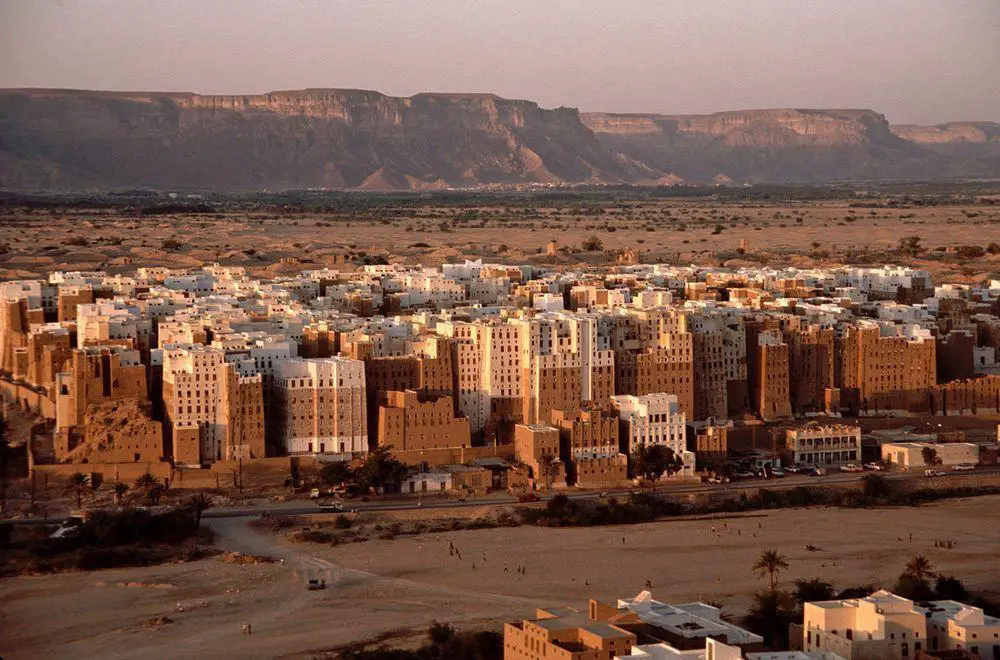
Europe
Alhambra
Spain
Huge palace and fortress with major cultural importance. The fortress was first constructed here in 889 AD, and the royal palace for the Sultan of Granada was built in 1333. A major achievement of Muslim architecture and art. Palace and its gardens were supposed to represent Paradise.
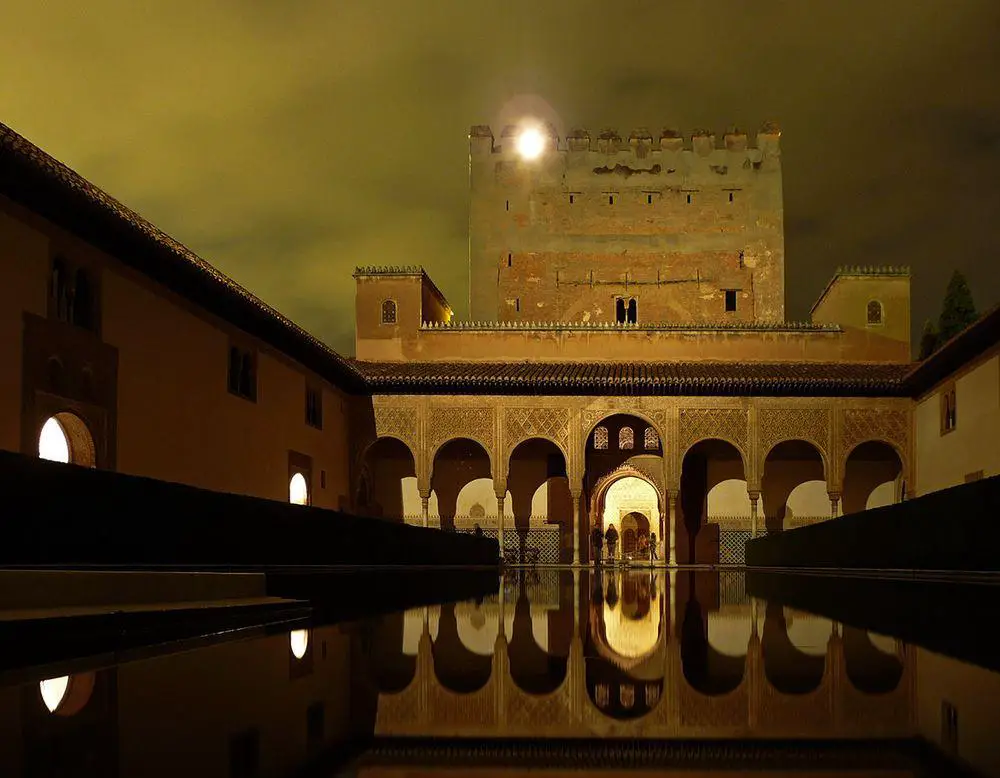
Château de Chambord
France
One of the most iconic Renaissance buildings in the world, melting in its design the French medieval architecture and Italian classical architecture. Built in 1519 – 1547. This castle still has fortifications, including a keep and a moat, but it primarily functions as a luxuriant residence. Palace has 440 rooms.
Windsor Castle
United Kingdom
One of the major castles and palaces of the world. This castle was built by William the Conqueror and has since then been used as a royal palace. Longest occupied palace in Europe, and the largest inhabited palace in the world. Throughout the centuries the castle was largely extended, always trying to imitate early medieval designs. Beautiful interiors. Site of many important historical events.
Córdoba (city walls)
Spain
One of the major centers of ancient and medieval Europe, the intellectual center of Europe in the 10th – 12th centuries. The second-largest historic city in Europe, with a huge amount of very valuable buildings. Some of the most impressive ones are the Great Mosque of Córdoba, the Roman bridge, the Roman Temple, and many others. The old city is surrounded by Roman walls that are very impressive up to this day.
Moscow Kremlin
Russia
Enormous complex of fortifications in the center of Moscow, the stone fortress was started in 1367. Walls include five palaces, and four cathedrals and are 2,235 m long. The height of the walls is from 5 to 19 m, thickness is up to 6,5 m. 20 towers have survived up to this day, the best known is Spasskaya Tower – one of the symbols of Russia.
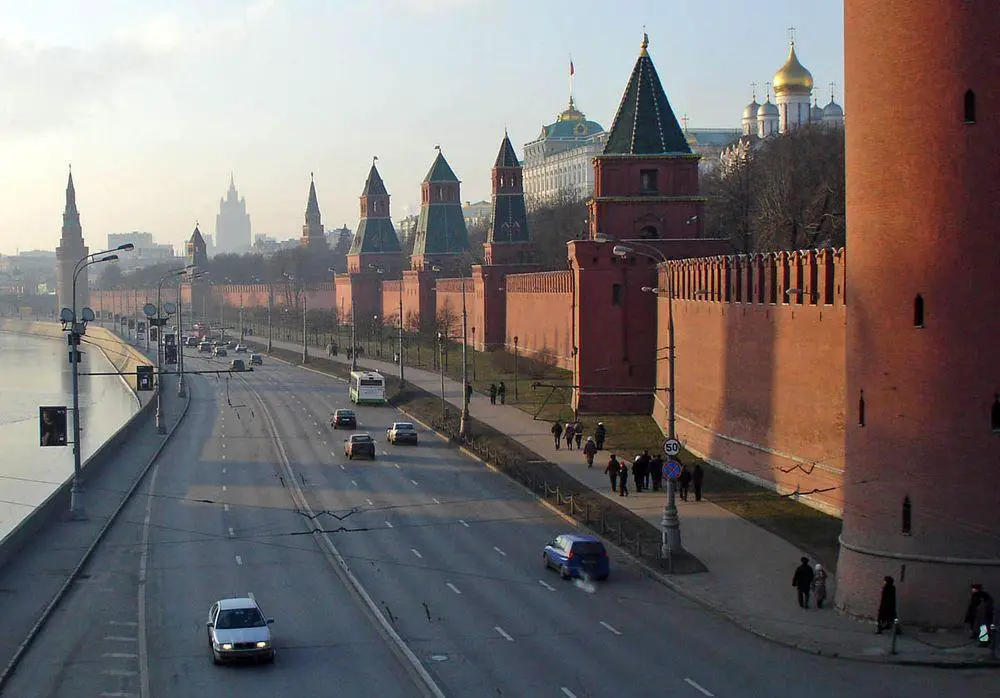
Ávila
Spain
Medieval city with some of the best-preserved city walls in the world. City walls have nine gates and 82 semicircular towers. Ávila was a fortified settlement already in the 5th century BC. The current medieval city flourished in the 11th – 18th century. The old city has numerous valuable buildings.
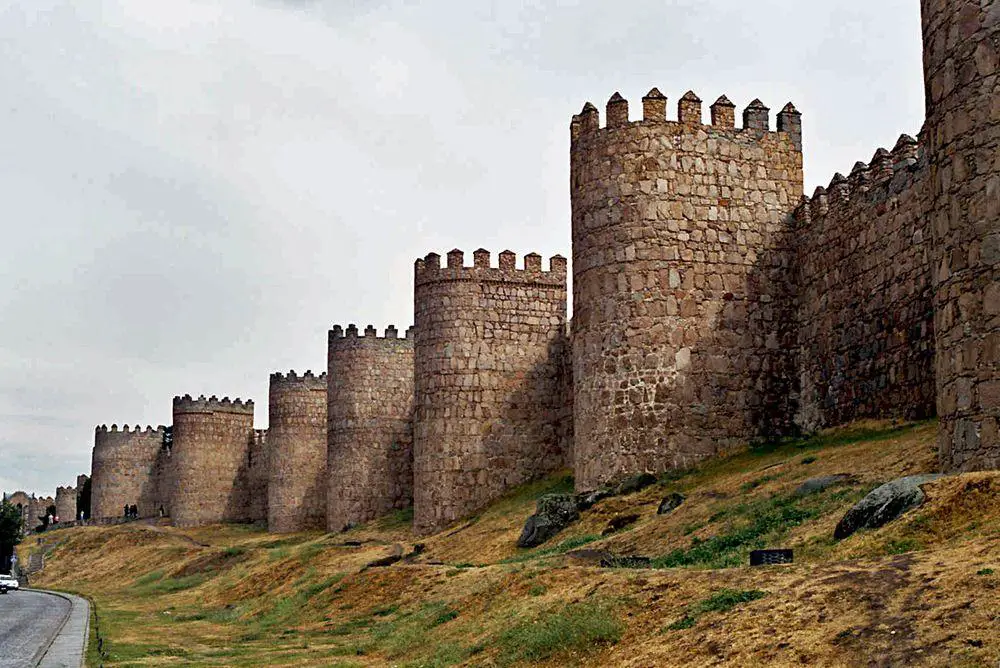
Tower of London
United Kingdom
Royal palace and fortress. White Tower – the central keep – was constructed in 1078 – 1087 by William the Conqueror and represents an outstanding example of Norman architecture. This enormous keep is 27.4 m high, with walls up to 3.4 m thick. Used as a prison already in 1100. Over the centuries extended with numerous buildings within two concentric rings of defensive walls and a moat. A building of outstanding historical importance. Tower houses Crown Jewels. This well-known site of legends is reportedly haunted.
Saint-Malo
France
A medieval port city with walls. Saint-Malo developed as a city of well-organized privateers and seafarers making discoveries and settlements in distant areas of the world.
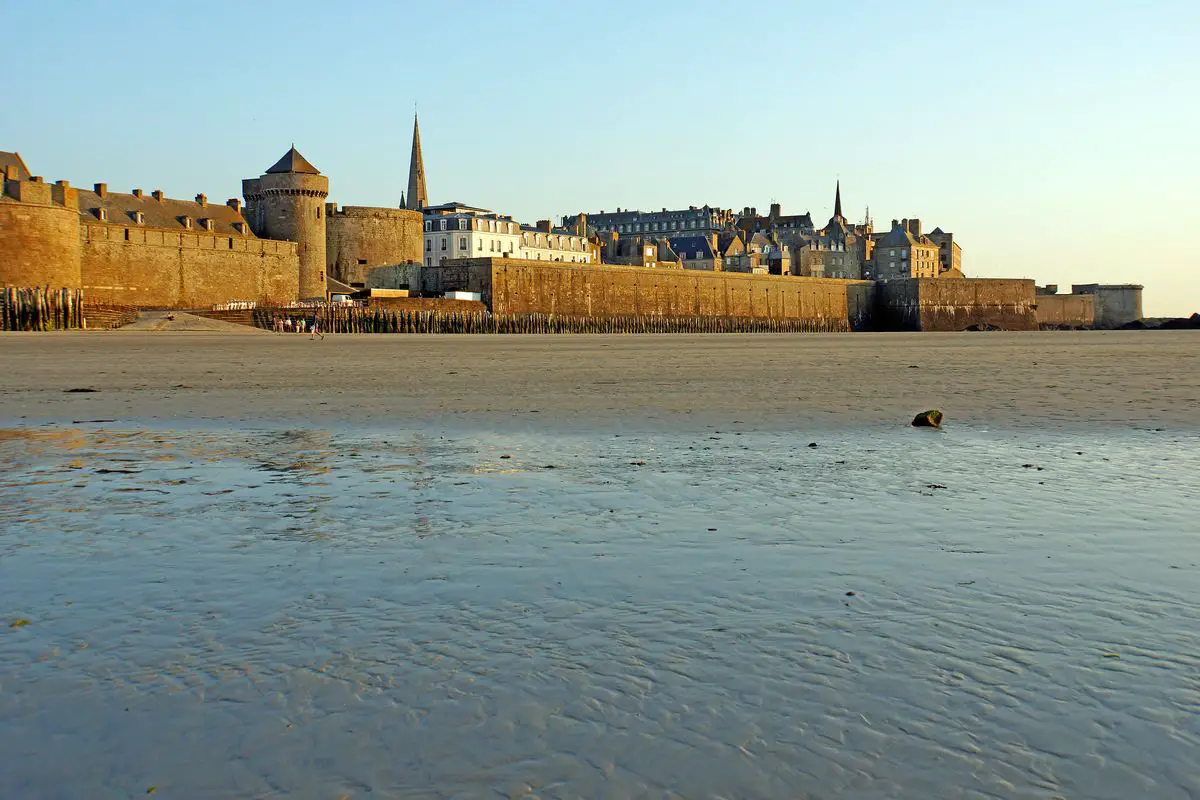
Warwick Castle
United Kingdom
One of the most impressive medieval castles in England, built in 1068 by William the Conqueror. Site of important historical events. Part of the castle turned into a country house in the early 17th century. Grounds contain the largest trebuchet in the world. Site of legends about ghosts.
Rothenburg ob der Tauber
Germany
One of the best preserved medieval towns in the world. Developed around the castle in the 12th – 13th centuries. Preserved fortification walls of the town.
Cáceres
Spain
Authentic medieval city with some 30 fortified towers from the Islamic period and medieval walls. Founded by Romans in 25 BC, flourished under Arab rule in the 8th – 13th century and later in the 14th – 20th centuries.
Eilean Donan Castle
United Kingdom
Beautiful medieval castle on an island in the lake, connected to the mainland over the stone bridge from the early 20th century. Originally built in the 13th century to defend from Vikings. Demolished in 1719, restored in 1919 – 1932. Very picturesque structure.
Glamis Castle
United Kingdom
Ancient, legendary castle, inhabited by lords of Glamis since 1372 (although existing before). Exquisite plasterwork ceilings in several rooms. Place, where William Shakespeare’s play Macbeth takes place. Unusual and weird stories about this castle, f.e. a story about the Monster of Glamis – a crippled child kept in the castle away from other people.
Lugo City Walls
Spain
The only intact system of Roman-built city walls in Europe, 10 – 15 meters high and 2.1 km long. Constructed in the second half of the 3rd century AD.
Eltz Castle
Germany
Very impressive hilltop castle. Construction started before 1157, the castle still is owned by its original owners. Castle has some 100 rooms and at times up to 100 members of the family have been living here.
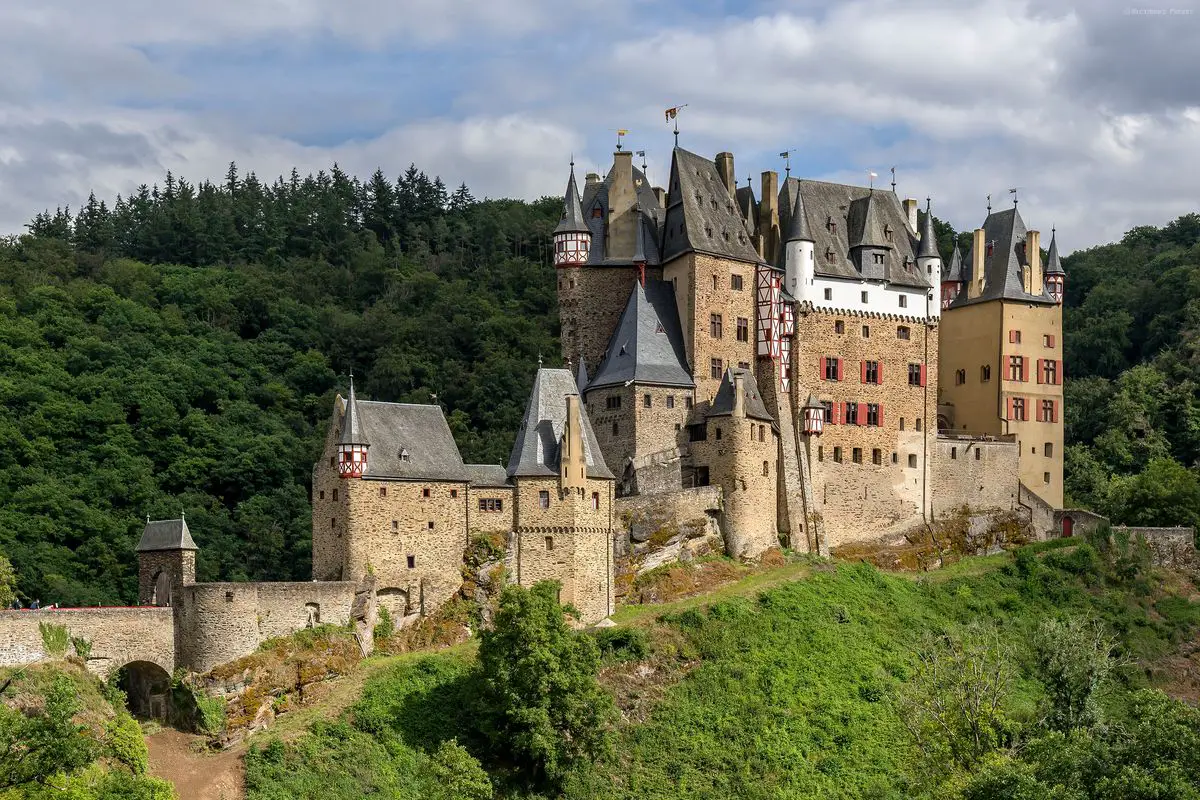
Dover Castle and tunnels
United Kingdom
Large, well-preserved, and historically important castle, founded in the 12th century on the site of earlier fortifications. Contains the only medieval counter tunnel in the world, built for a surprise attack on the French in 1216. Extensive, more than 5 km long tunnels under the castle were used as a command center during the Second World War.
Predjama castle
Slovenia
Large Renaissance castle built at the entrance of an enormous cave. This location was chosen with the purpose to make it easy to defend the castle or escape from it. The first castle was built here in the 13th century, but the current one – in 1570. Behind the castle starts the 13 km long Predjama Cave.
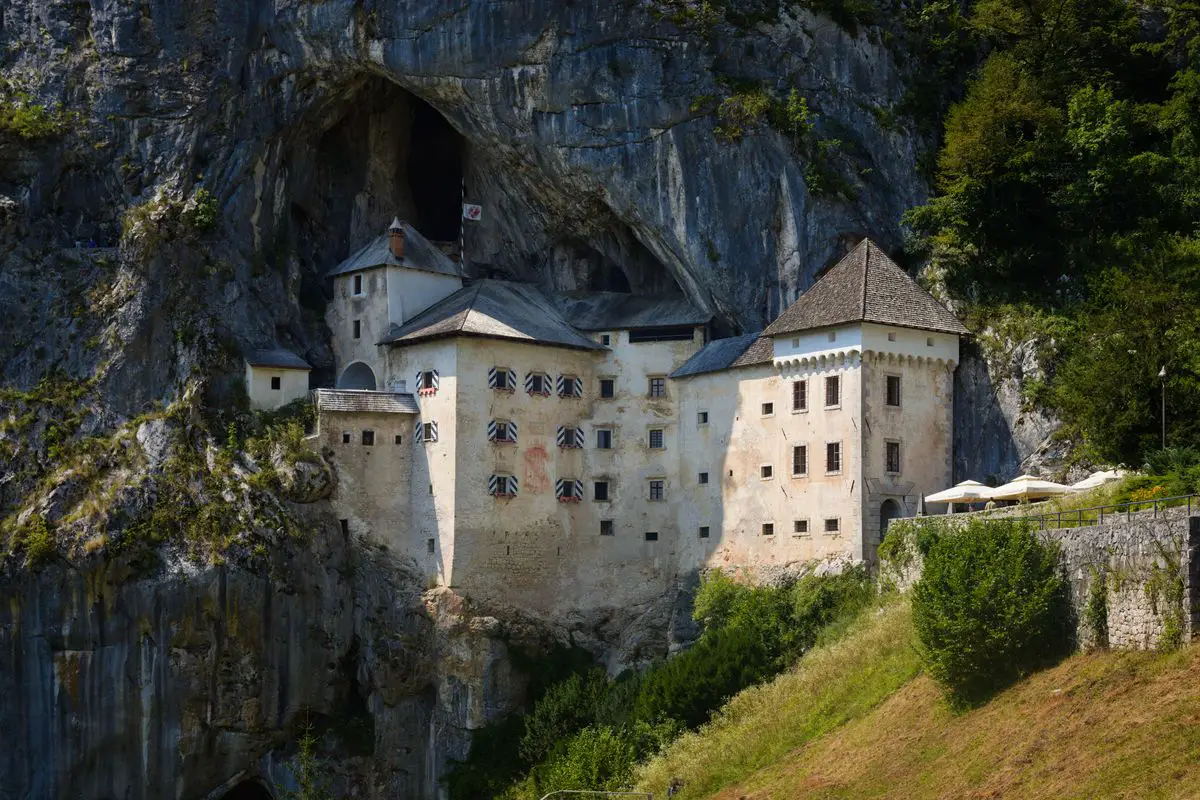
The walled city of Dubrovnik
Croatia
One of the most outstanding and beautiful medieval cities worldwide. This Dalmatian city is at least 1,300 years old and developed as an important center of international trade. The walled city from three sides is surrounded by sea and is densely built up with numerous historical buildings such as Gothic-Renaissance Sponza Palace, Rectors Palace, the small Renaissance St.Saviours church, and many other valuable buildings. The 2 km long fortification walls around the city have been well preserved.
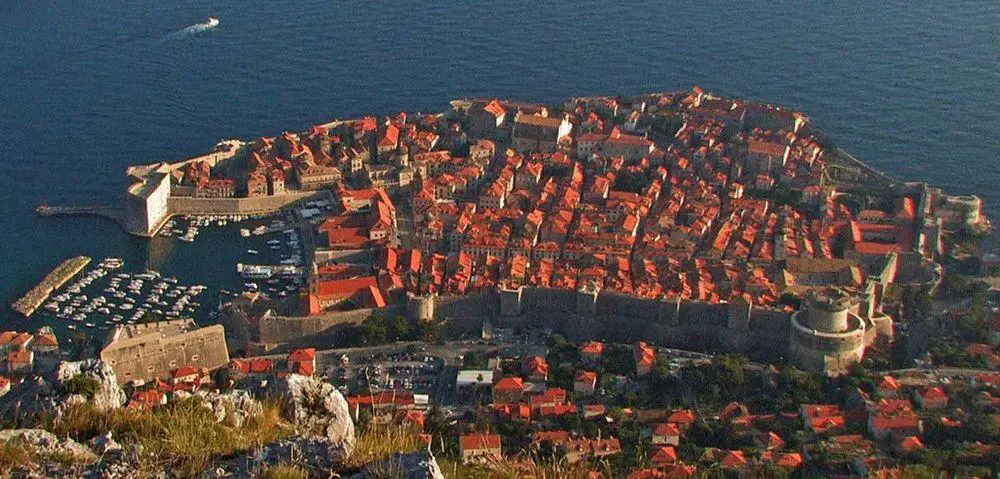
 Recommended books
Recommended books
The History of Castles: Fortifications Around the World
The perfect tour guide to the world’s most fascinating castles and strongholds.
Castles and Landscapes
Castles were among the most dominant features of the medieval landscape and many remain impressive structures to the present day. This paperback edition of a book first published in hardback in 2002 is a fascinating and provocative study that looks at castles in a new light, using the theories and methods of landscape studies.


